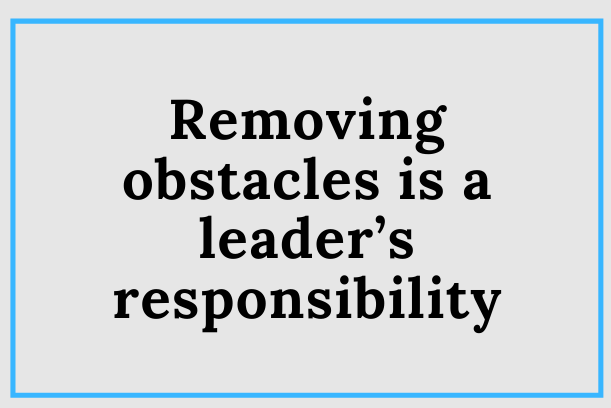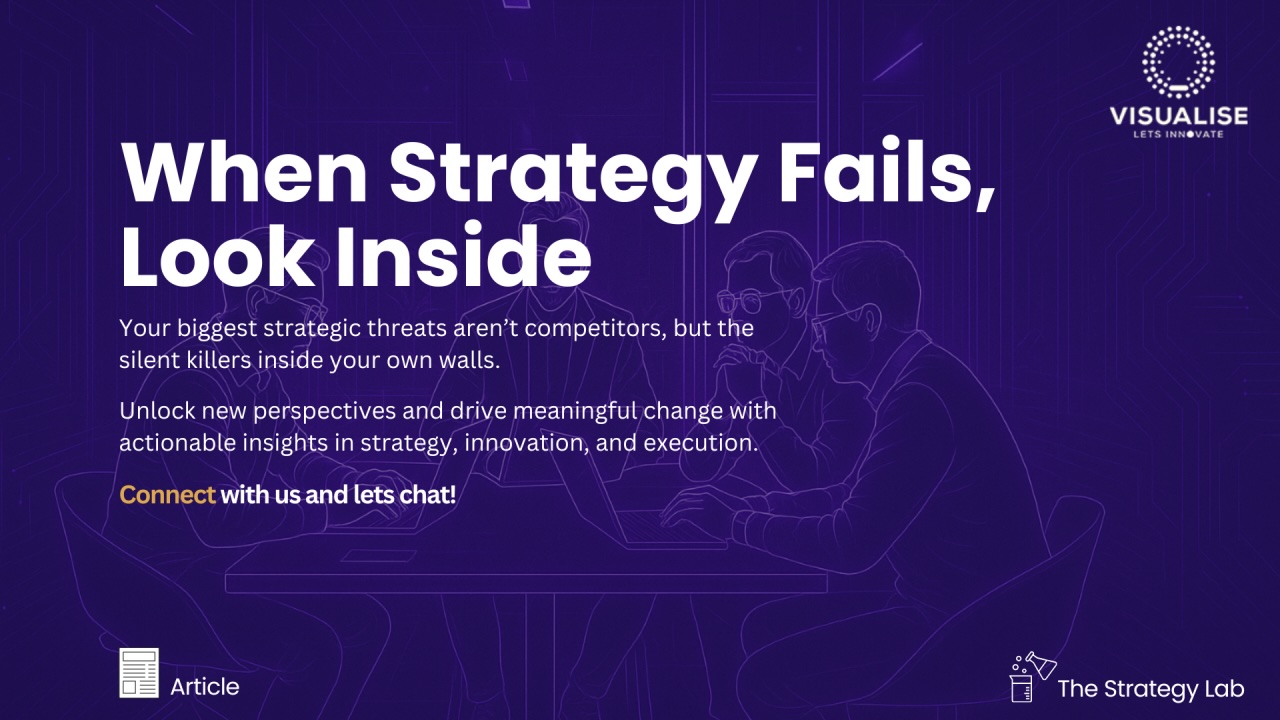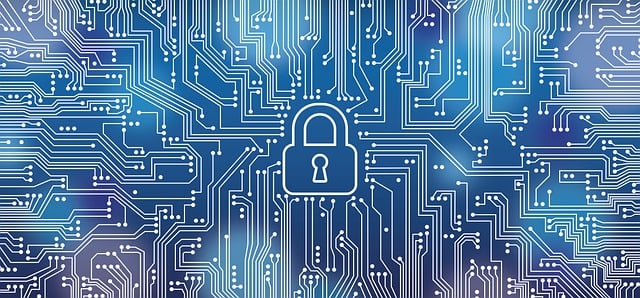Mar19

The energy revolution is well underway, and it’s no longer just about massive wind farms or sprawling solar fields. The real game-changer? Decentralisation. In this latest episode of the Climate Confident podcast, I had the pleasure of speaking with Chris Doherty, CEO of Joulen, about how smart battery systems, AI, and distributed energy solutions are flipping the traditional power grid on its head. The bottom line? The future of energy isn’t just green; it’s democratic.

For over a century, electricity has been a one-way street. Large power plants generate it, high-voltage lines distribute it, and we consume it. But with renewables on the rise, a new model is taking hold—one where businesses and households don’t just consume energy but generate, store, and even trade it.
Take the UK’s recent milestone: the last coal power plant was shut down in September 2024, marking a significant leap toward clean power. However, this transition raises questions about energy security and grid reliability. With coal historically serving as a baseload power source, replacing it with renewables requires a robust strategy for storage and demand management. Advances in battery technology, virtual power plants, and smart grid systems will be essential to ensuring a stable energy supply without reverting to fossil fuel backups. But as Chris points out, the challenge now is ensuring grid stability while accommodating increasingly decentralised renewable sources. Grid-scale assets are still crucial, but the real opportunity lies in small-scale solar, home batteries, and Virtual Power Plants (VPPs) that aggregate thousands of these small systems into flexible energy hubs.
Think of a Virtual Power Plant like cloud computing. Instead of a single, ginormous computer, cloud services rely on thousands of smaller, interconnected servers, or CPUs. Similarly, a VPP connects homes, and businesses with solar typically, as well as other small forms of electricity, forming a virtual energy plant that can supply power when needed. This is the key to unlocking a resilient, distributed energy system where everyday people play an active role.
Germany is leading the charge in this area. In 2023 alone, over 555,000 battery storage units were installed in homes across the country. This rapid adoption has been driven by a combination of strong policy incentives, including subsidies for battery storage, low-interest green loans, and a favourable feed-in tariff system that rewards homeowners for selling excess energy back to the grid. These financial mechanisms have played a crucial role in making energy storage more accessible and financially viable for everyday consumers. These homeowners are now energy traders, selling excess power back to the grid when prices spike. Meanwhile, in the UK, Chris argues that similar financial structures should be extended to everyday people—not just large-scale investors—so they can benefit from energy markets too.
The Brooklyn Microgrid project in New York has proven that blockchain can facilitate peer-to-peer solar energy trading, reducing reliance on traditional utilities. But can this model scale to national energy trading networks? Countries like Australia and Germany are exploring blockchain-powered marketplaces, yet challenges remain—transaction speed, regulatory roadblocks, and integration with legacy grid systems all pose hurdles to widespread adoption. While blockchain offers a promising path to decentralised, transparent energy trading, its true scalability is still being tested. As I discussed in a previous blog post on decentralised energy and peer-to-peer trading (read it here), blockchain’s ability to automate and secure transactions has the potential to reshape how we buy and sell power—but only if it can overcome these systemic barriers.
Let’s talk money, because that’s often the biggest barrier to entry. While the UK government has ambitious goals—like a fully clean electricity system by 2030—those targets will only be met if everyday consumers and businesses can afford to participate.
Chris makes a compelling case for government-backed green loans or tax incentives to drive uptake. Historical data supports this approach—studies have shown that well-designed incentives significantly boost adoption rates. For example, Germany’s solar feed-in tariffs led to a boom in residential solar installations, while the UK’s previous Green Homes Grant provided funding that helped thousands of households adopt energy-efficient upgrades. Case studies like these demonstrate that financial support can play a crucial role in accelerating the energy transition. The success of electric vehicles (EVs) (particularly the Norwegian example) also offers a clear precedent. Thanks to tax incentives and corporate schemes, EV adoption has surged. So why not apply the same logic to home battery storage and solar?
Speaking of EVs, they’re no longer just about transport—they’re power stations on wheels. My new Kia EV3 is a prime example, equipped with vehicle-to-home (V2H) and vehicle-to-grid (V2G) capabilities. This means in theory I can charge my car with solar power during the day and then use that stored energy to power my house at night. In the future, entire neighbourhoods could form microgrids, sharing power between homes and vehicles.
This isn’t some distant sci-fi vision; it’s already happening. Nissan, for example, has been running V2G trials in the UK, showing that EVs could provide valuable grid balancing services. Imagine a world where instead of being charged for power, your car actually pays you for plugging it in.
In fact, this is already happening for some EV owners in the UK who are on Octopus Energy's Intelligent Octopus Gotariff. When excess energy floods the grid, these customers get paid to charge their vehicles, helping to balance supply and demand while making EV ownership even more financially attractive. Similar programs are emerging in other countries too, demonstrating how smart energy tariffs can turn everyday consumers into active participants in energy markets.
The energy landscape is shifting from a handful of large players controlling everything to a system where everyone can generate, store, and trade power. And just like cloud computing changed the IT industry forever, decentralised renewables and AI-driven energy markets are set to revolutionise how we power our lives.
The best part? This isn’t some elite club—it’s open to anyone with a roof, a battery, and/or an EV.
Curious to learn more? Chris and I explored how energy decentralisation is reshaping markets, the role of smart batteries and AI-driven optimisation, and how government policies can accelerate adoption. Listen to the full Climate Confident episode now and get inspired to take control of your energy future.
First published on TomRaftery.com
By Tom Raftery
Keywords: AI, Renewable Energy, Sustainability
 Are You Setting The Direction?
Are You Setting The Direction? There Seems to be Some Confusion: Exit vs Succession
There Seems to be Some Confusion: Exit vs Succession  When Strategy Fails, Look Inside
When Strategy Fails, Look Inside The Modular Ascent: Integrating Gemini 3, V-JEPA, and World Models for Aviation AGI
The Modular Ascent: Integrating Gemini 3, V-JEPA, and World Models for Aviation AGI Mark Lynd's 2026 Cybersecurity Predictions
Mark Lynd's 2026 Cybersecurity Predictions